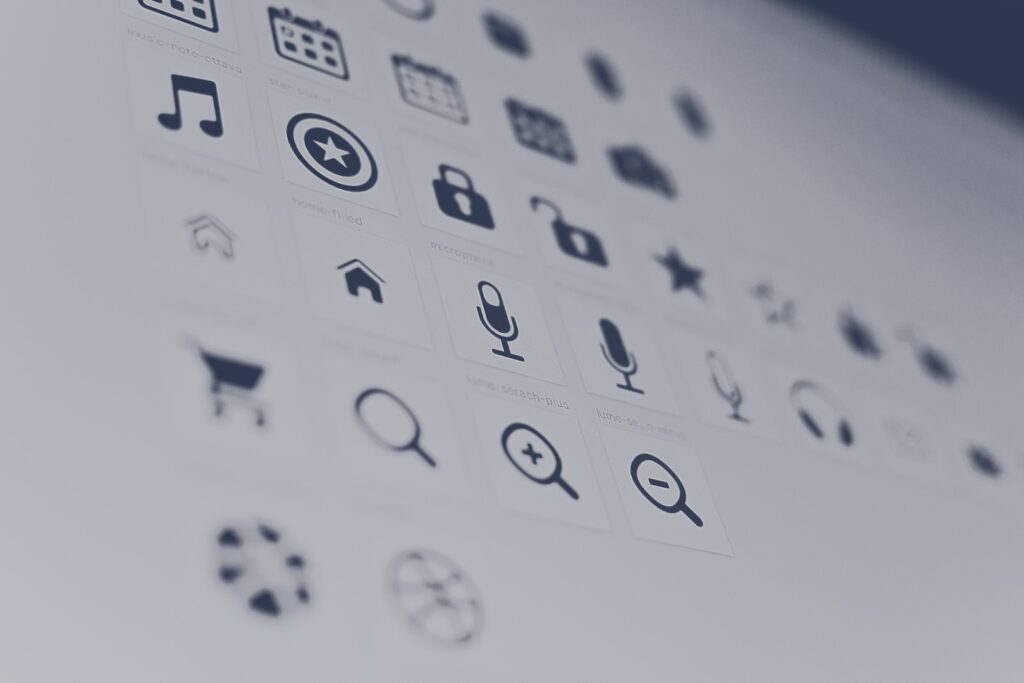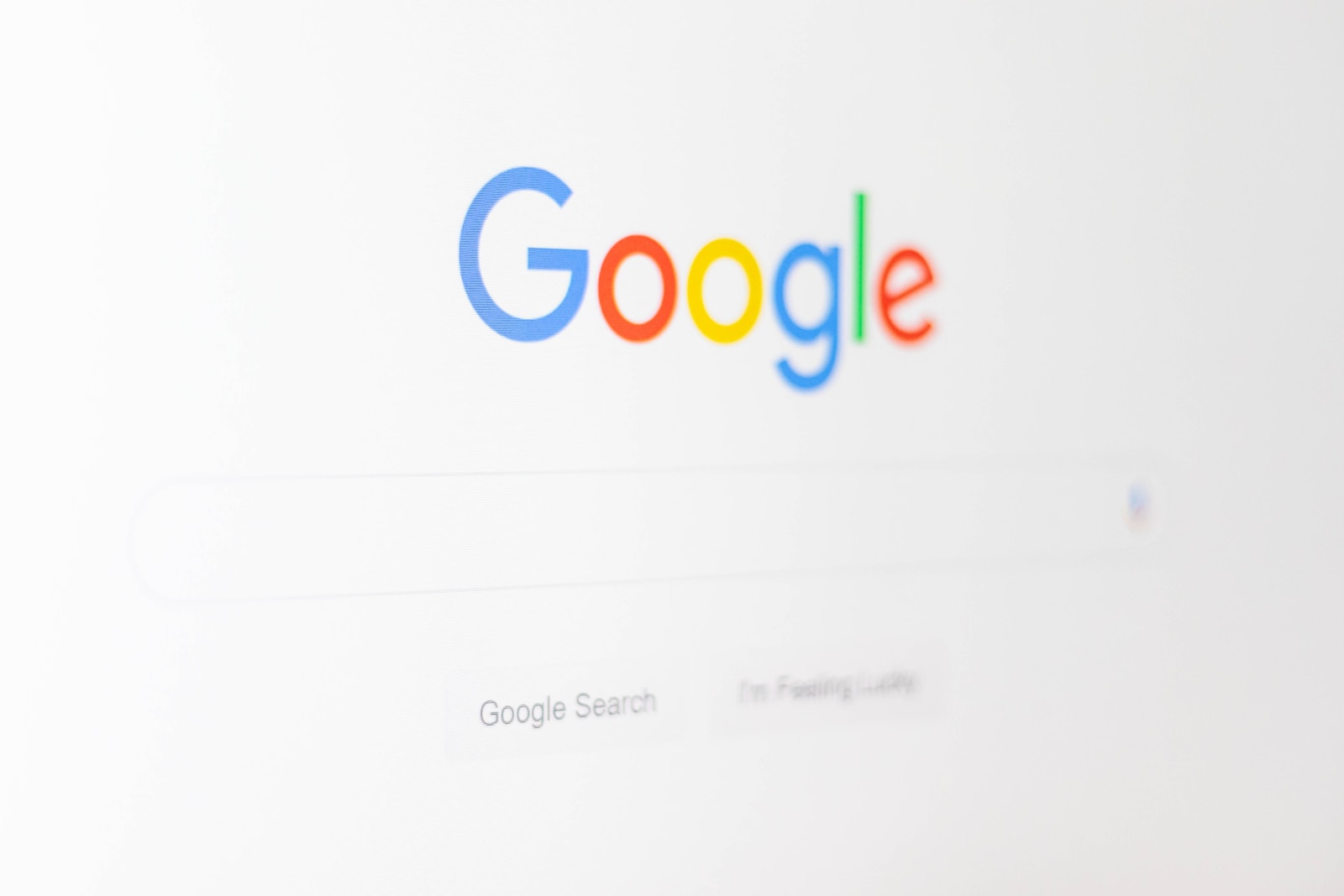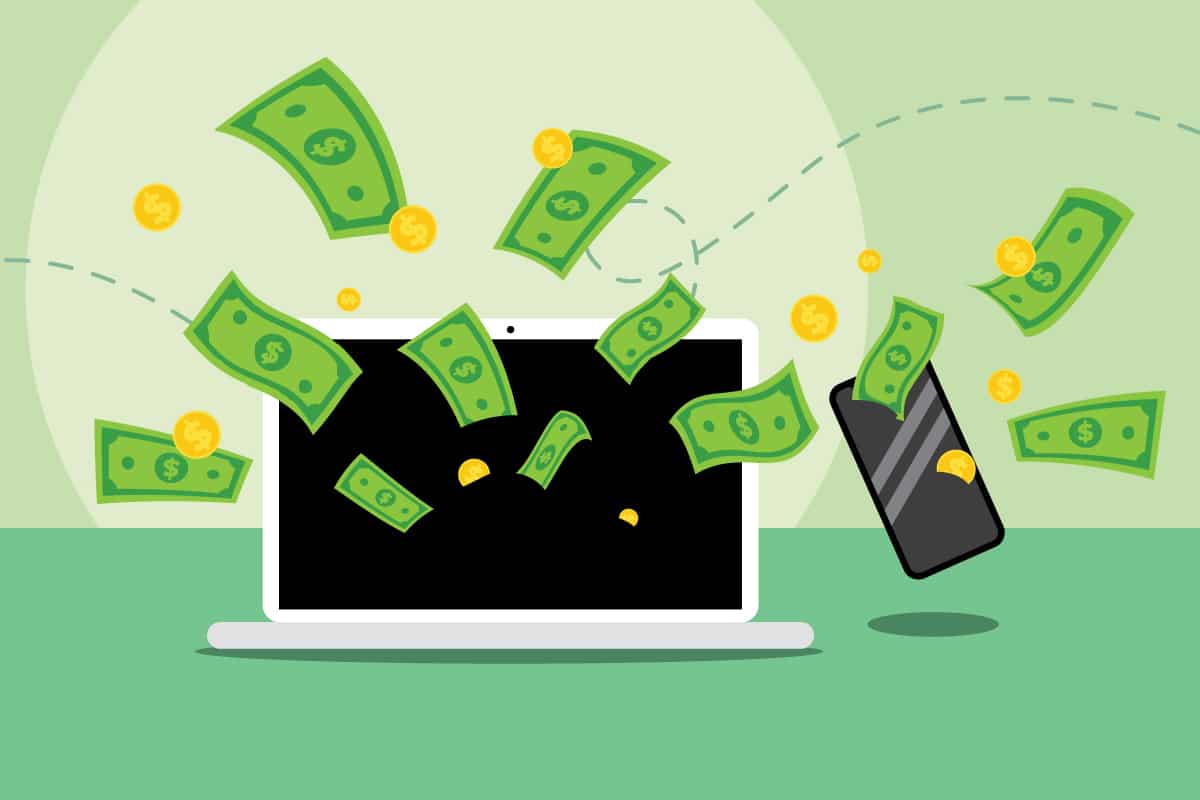Email design is about more than just making emails look pretty. For example, right design mistakes can result in low open rates, few clicks on call to action buttons, and emails landing in subscribers’ spam folders. The best design, however, draws readers in, creates valuable experiences that delight, and entices recipients to click on call to action buttons.
Think about the email marketing examples that have worked for you. Those promotional emails that you have actually clicked to read or even used to redirect yourself to the brand’s website. How did they grab your attention? Here are 13 of the best email marketing design tips and examples that implement them well.
1. Keep Your Design Consistent With Your Brand Style
Just as you recognize your friends or family by their faces, people remember your business by your branding. By creating a consistent branding in your emails, you help to build brand recognition and build a stronger relationship with your readers. That relationship, when cared for correctly, will keep them coming back to you for their needs.
While you might change elements like color, some design features should remain consistent. For example, include your logo at the top of every email. If your brand has a casual, friendly voice, keep that voice consistent in your emails. If your business has a minimalist website, use lots of white space and minimal images and text. Your signature line should also be branded. Readers should not be surprised by how these features appear in your email.
JetBlue, for example, has a casual, fun tone on its website. It’s not afraid to break punctuation and grammar rules—as we do in casual conversation with friends. The result is an approachable tone that helps to build one-on-one relationships with readers. JetBlue extends the tone, then adds other design features that promote brand recognition, including placing its logo at the top of each email and using brand colors as much as possible.
Pro tip: If you don’t yet have a logo, you can get a professionally designed one within seconds from Tailor Brands. Simply visit the Tailor Brands Logo Maker page and fill out a short questionnaire. Tailor Brands will then generate a few logos to choose from. Once you’ve chosen a logo, sign up for a logo plan (starting at $3.99 a month) for added features like the ability to adapt your logo for seasonal campaigns, add watermarks, and resize your logo as needed.
2. Be Concise & Clear
On average, you have about 8 seconds before losing your readers’ attention. Readers are also more attracted to visuals than copy, so their eyes will most likely gravitate to images first. Simply put, you have precious little time left to entice readers to click your CTA. This means it should be easily consumable with a simple message that persuades without wasting time with a confusing message.
According to a Boomerang study, emails between 75 and 100 words long (roughly five sentences) enjoy a 51% response rate, while those with 200 words had a 48% response rate. In addition, your word choice matters. Emails written at a third-grade reading level have a 36% higher response rate than those written at a college reading level. For a similar response rate, keep your subject line and headlines between three and four words.
For example, online cooking community FOOD52 uses simple language. It uses one-syllable words that a third-grade child would understand. There’s no talk of industry words like “cuisine.” Instead, they keep it simple with “food.” Instead of “discussing,” they use “talking.” The email copy hovers just above 80 words in all. The headline is four simple words: “We’re all friends here.”
3. Use Two Contrasting Colors


In addition to contrasting CTA buttons, use contrast throughout your email to highlight key parts of your email. To avoid a chaotic effect that distracts from your message, contrast should be limited to two colors for the main body of your design. Using a digital color wheel helps to ensure your colors also work well together. Contrast also makes your email easier to read for those who may have vision difficulties like color blindness.
If you’ve already selected complementary brand colors, use those colors often to increase brand recognition in your readers. You can sometimes deviate for a more seasonal effect (as Harry’s did in tip No. 4) to create relevance. An easy way to figure out the best contrasting colors is by using a digital color wheel. Use a free tool like Color Calculator to easily test different colors. Simply pick a color in step one, then pick a complementary option.
Pro tip: To ensure the colors you’ve chosen highlight your key message for all readers, install an app like Color Oracle (available on macOS, Linux, and Windows). Once installed, the app places a drop-down menu at the top of your browser that allows you to choose different types of color blindness. Choose a type of color blindness (Deuteranopia, Protanopia, or Tritanopia), to view your email through this lens to ensure readability to readers with visual impairments.
4. Include Attention-Grabbing Call to Action (CTA) Buttons
Email CTA buttons are often used to take your email reader back to your website or an offer landing page, then entice them to complete an action. The best CTA in an email should be eye-catching in design. For meeting marketing goals, a CTA button is the most important part of your email and all other email copy should focus on getting the reader to click. While clicking the button might be a small conversion, it is usually the first step to a bigger conversion. To be effective, make them bold, enticing, and clear.
Your CTA should tell your readers what value they can receive by clicking the button. Instead of “Click here,” try button text that promises value like “download our free ebook,” or “get a free demo.” To make sure your readers see your button, use a button color that contrasts with the rest of your email. If you have a blue email background, for example, consider an orange button.
Harry’s — a men’s shaver brand — wanted to introduce subscribers to its new winter gift set. To showcase the seasonality of it, it chose a cool holiday green and blue background. Then, it explained the value to the reader: a simple-to-acquire gift for any man in their lives. Its call to action was simple but enticing: “Still need a gift? It’s not too late.” Below, a bright orange button contrasted against a blue background and invited readers to “Shop Now.”
5. Focus on Personalization
One-size-fits-all email campaigns don’t usually deliver conversions. For that, you need to personalize your message. According to Instapage, though 70% of brands don’t personalize emails, the brands that do enjoy a 27% higher click-through rate and six times higher transaction rate. To do this, first segment your subscriber list by readers’ needs and interests, then pick one list and craft a value-packed message just for them. Repeat for all lists.
Tools like Constant Contact allow you to assign email addresses collected via email-capture forms to their own designated lists. This creates segmented subscriber lists based on the content people viewed at sign-up. One list may be of people who gave their email to download your product e-book. From there, use Constant Contact email templates and drag-and-drop builder to create emails that greet subscribers by name and entice leads to buy that product.
Many eCommerce brands dig deeper. For example, since people sign up for Birchbox to try new beauty products on a monthly basis, Birchbox knows their customers are always looking for the next product that will delight them. So, Birchbox tracks customers’ browsing and purchase history, then uses email to recommend products customers are likely to enjoy trying. So, customers get exactly the value they sought when they signed up for Birchbox emails.
6. Use Icons to Replace Text When Possible


We’ve talked about limiting email copy to five sentences. We know this can be tricky. The best design to make this possible is to use icons to replace text in emails. Icons are small images that represent words. For example, you may offer a list of your services and, instead of writing each one, replace the service names with icons that depict what you do. “Content writing” could be depicted by a pen and paper and “Analytics” with a graph.
Some brands use icons to accompany text. This way, if people don’t read the text, they’ll likely get a good idea of the message anyway. For example, JetBlue used icons (as shown in tip one) to accompany the text within its email and even serve as subheaders. To showcase a customers’ one-year acquisition anniversary, it used a calendar icon. Still, other brands use icons to replace text entirely.
7. Offer Key Information First
Remember you only have 11 seconds to entice your email reader to click. The best design should be able to do this easily. To make the most of that short period of time, you must draw your reader in and convince them your email is worth continuing to read or engage with. In the end, your entire email should simply draw readers to click with no additional messages that distract from this goal.
To do so, use an inverted pyramid that first grabs readers’ attention. Then, build their anticipation and, finally, give them an action to perform. Begin with a three to four-word headline that highlights the key value readers will receive from reading your email. Follow this by a few sentences that entice readers to click by showing them the value they have to gain by doing so. Finally, present a prominent CTA button that tells readers exactly what to do.
Further, images placed at the top of your email should help to draw your readers’ eyes down the middle of the email and to your CTA button. For example, in this email by Behavior Tech, the triangle overlay shows the image at the top naturally draws the reader from the sunset sky, through the water (between the cliff and boulders), and to the email copy. From there, readers are enticed to click with a strong but brief message. Finally, they’re given a prominent CTA.
8. Create Mobile-Responsive Designs
According to Blue Corona, 75% of emails are checked using mobile devices. This number rises to 81% among people ages 18 to 24. This means that, if your emails aren’t mobile-responsive, you stand to lose up to 81% of your readers. By extension that means you lose 81% of your potential email conversions. Bottom line: sending emails that don’t accommodate mobile devices is a big mistake.
A mobile-responsive email (also known as a mobile-friendly email) is one that displays well on both desktop and mobile devices. Creating responsive emails isn’t difficult. When manually designing your email, here are some tips:
- Be concise in your message, keeping all email text to around five sentences.
- Select a single-column email template (most email marketing software offers these).
- Include only one call to action button.
- Use a minimum 22pt headline font and 14pt body font.
- Choose a font color that contrasts strongly against the background.
Pro tip: Many email marketing software (like Constant Contact) offer only mobile-responsive email templates. So instead of limiting all desktop designs to one-column, you can create them to appear optimally on desktop computers and the software will automatically adjust it to appear optimally on any device.
9. Include Animation


A GIF looks like a short video that loops every few seconds. In reality, it is a rapidly displayed series of images that, together, look like motion. According to Litmus, GIFs in email are quite popular, with the majority (56.6%) of email marketers using them. Many brands turn to GIFs to boost email engagement by infusing emotion (like nostalgia or intrigue) into their emails. Others use it to showcase how their products work or look three-dimensionally.
Creating a GIF is not only easy but free. For example, many Mac users turn to GIF Brewery to create GIFs, while Windows users often use GIF Animator as their tool of choice. To use GIF Brewery, for example, download the GIF Brewery app from the Mac Apple Store. Then, either import a video or make a recording from your Mac. Then, use the GIF Brewery editing tools to resize, crop, set GIF length, apply filters, and add captions or overlay images.
An example of a GIF that induces emotion is Amazon’s Black Friday GIF. Timed to reach email readers who are getting ready for the holidays and enjoying (or wishing they were enjoying) cozy evenings by the fire, each electronic device screen within the GIF displays a roaring fire. The cozy or even nostalgic effect grabs readers’ attention and makes them want to experience the concept more.
10. Use More Text Than Images
When you use too many images and little text in an email, you risk the server rejecting or filtering the email as spam. Some email clients block images by default, meaning, if your entire email is an image, it will not show up when subscribers click your email. In addition, emails with excessive images are likely to be added to email spam filters
To avoid this, remember that 80% of your email should be text and only 20% of it should be images. So, avoid designing an image of the email (like an infographic format, for example)—that includes all body copy and images—then sending the image. Instead, your email should be separate components of text and images. And, your text should include enough information to encourage continued reading even if your images don’t show up.
However, if you feel the irresistible urge to use lots of images or one image for your entire email, create balance by adding footer text. This could include useful information and resources, like unsubscribe links, permission reminders, your business address, and invitations to follow you or learn more on your other marketing channels (like social media or your website). For example, notice the footer text and overall image-to-text balance in Adobe’s email below.
Pro tip: Clearly, if your email should only consist of 20% images, those images should count. Stock images rarely lend to an email’s value like an image that was custom-made to complement your message. This means it’s best to create your own custom images. If like most business owners, you aren’t a graphic designer, you can easily hire one for as little as $5 per image from Fiverr. Simply open a free account, then search for “graphic designer.”
11. Add Interactive or Dynamic Features
The best interactive design draws readers in, which is likely why it was named one of the biggest trends in 2018 by 44% of Litmus survey respondents. Not only does it make readers perk up and pay attention, but a study conducted by the Content Marketing Institute revealed that 66% of brands say interactive content increased engagement for their businesses.
So, how are brands using interactive content within emails? Some use interactive menus that help email subscribers expand content surrounding the product they’re specifically interested in learning about—right from within the body of emails they’ve received. Nordstrom is an example of one such brand.
Still, others like Forever 21 are playing on readers’ sense of curiosity by embedding interactive scratchers; users must scratch an area to reveal a code to win a discount. In the end, brands create experiences to remember and so become brands to remember.
12. Use White Space Strategically
White space is the space around images and blocks of content. It doesn’t have to be white, but just void of content like text or images. Used strategically, white space helps to organize your content, make it more consumable, and direct readers’ eyes to key content. It can also add space to breathe around your content, helping to reduce load times, avoid overwhelming readers’ screens, and prevent unwanted clicks.
For example, in copy, white space sets key points apart, thereby emphasizing them. Before and after headers helps to make copy scannable. When used around product images, it draws readers’ eyes to images and boosts product awareness. Likewise, it draws readers’ eyes to engagement-inducing content like buttons, interactive experiences, and GIFs. Finally, it ensures readers interact with only the content they intend to (with no accidental clicks) on small screens.
Litmus, for example, uses white space to emphasize key content that piques curiosity and encourages continued reading. ”Save the dates!” CTA buttons are surrounded by ample white space, drawing readers’ eyes to them and ensuring readers don’t accidentally click unintended features on small screens. This means high-quality, trackable conversions. Finally, to avoid a cluttered screen, they tease more value, and direct readers to learn more via their Twitter feed.
13. Choose No More Than Two Legible Fonts
There are two main categories of fonts, serif, and sans serif. Serif fonts have those little lines that extend from the end of each stroke in letters and symbols. These extra details make them appear fancier and so offer a more sophisticated or formal look to your email. Sans serif fonts lack these extra details and so offer a more casual feel. It’s important to match the font you use in your email to your brand image, including whether it is formal or casual.
Not all fonts you see on the web are installed across all devices. If your user uses a device that doesn’t have your chosen font installed, your email client will replace it with one that is, and so alter the look of your email. However, there are some that are offered on all devices, such as Arial, Georgia, Times New Roman, and Courier. To ensure your email looks consistent across all devices, choose your email font(s) from this list.
For example, Kate Spade mixes sophisticated header fonts with down-to-earth and casual body-text fonts. The result is an email that makes classy, sophisticated clothing and accessories approachable for the everyday woman.
Bottom Line
Every business email should be crafted and sent with a specific marketing goal in mind. For most businesses, this means emails must encourage readers to click on a call to action button. To create the best email, brands must pay attention to how they use images, text, and white space, and the collective subscriber experience their design creates for subscribers on all devices.




















Leave a Reply
View Comments